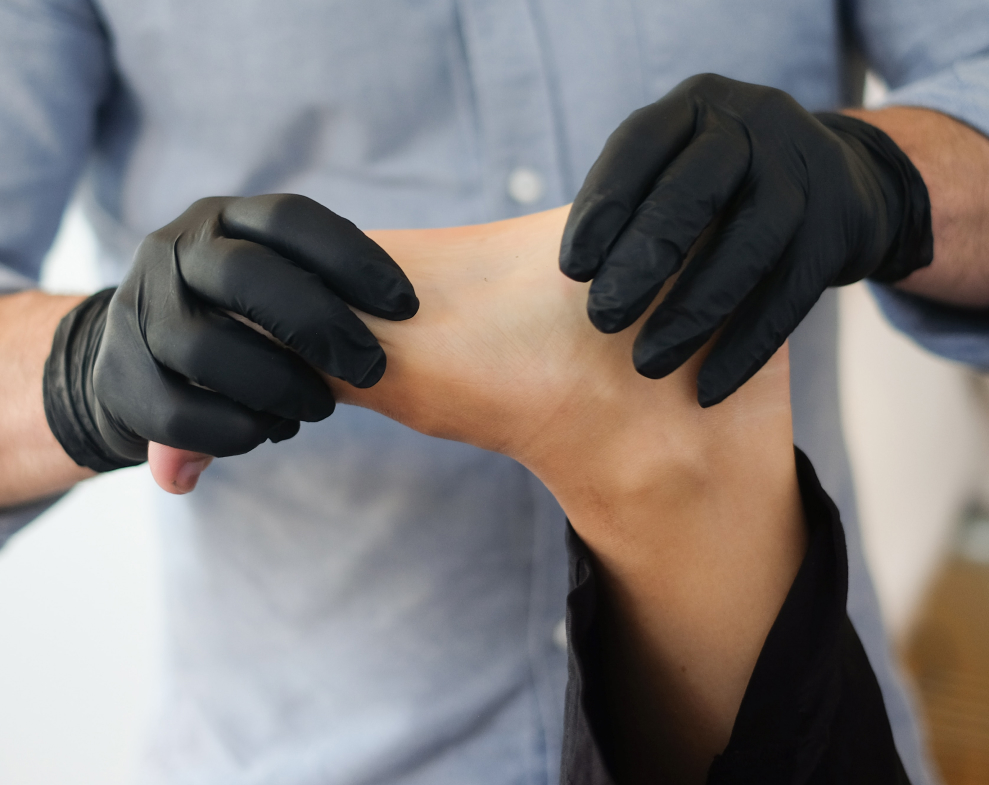Wrist Weights: Overload Corrections
Why Wrist Weights are Useful in Throwing Sports.
Light dumbbells have been used in baseball for rehabilitation and catch-all “shoulder programs” for decades. While these modalities have their place, wrist weights do a far better job from a dual-factor perspective – they work well at generating a physiological response and also teach the body to move more efficiently through an overloaded range of motion.
Wrist weights are “thrown” in a ballistic fashion while being loosely held in the hands. The correct grip is having the fingertips slightly over the wrist weight for support while maintaining a relaxed forearm throughout the exercise. Wrist weight drills are used to train optimal unwinding of the Driveline Phase, going from external rotation with a supinated forearm to internal rotation with a pronated forearm.
Attempting to actively contract the elbow muscles during throwing is nearly impossible at the high speeds it occurs in. By using overloaded implements like wrist weights, the technique can be built into the mechanical map of your neurological system, ensuring that it will be integrated into the delivery when combined with other drills provided in this course.
By continuing to hold on to the wrist weight throughout the ballistic motions, deceleration stress is lowered as there is no separation of the weighted implement from the hand. Instead of a completely reactionary deceleration phase, the ability to feel the mechanical pattern provides very strong proprioceptive feedback – perfect for attempting to retrain human movement patterns.
While the wrist weight is carried in external rotation and forearm layback, the shoulder is experiencing a similar inertial mass when a baseball is thrown. By simulating this end range of motion while maintaining a loose forearm, you will be able to feel how arm acceleration really occurs from that position, making wrist weights an invaluable tool in any pitcher’s training kit.
The use of a wrist weight on the glove hand is also instructional, as an overloaded front side helps to feel the pull of the non-throwing side during the Disconnection Phase of the delivery. The quicker and more efficiently the glove arm moves around the torso while the throwing arm begins to load, the more kinetic energy becomes available while straightening out the line of force application. Think of the ideal path of the throwing arm wrist looking something like an ellipse around the torso as viewed from overhead, rather than a circle.






